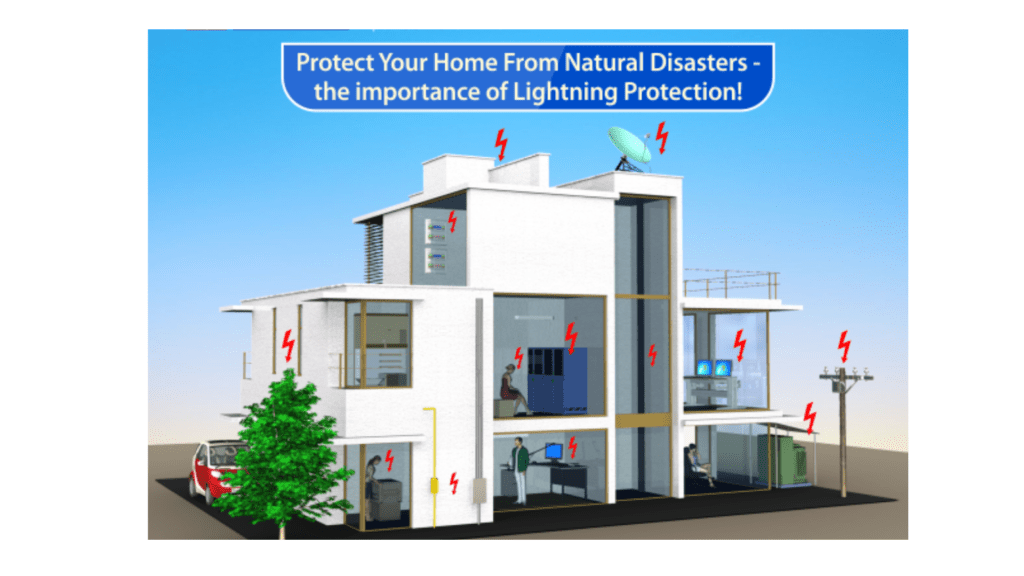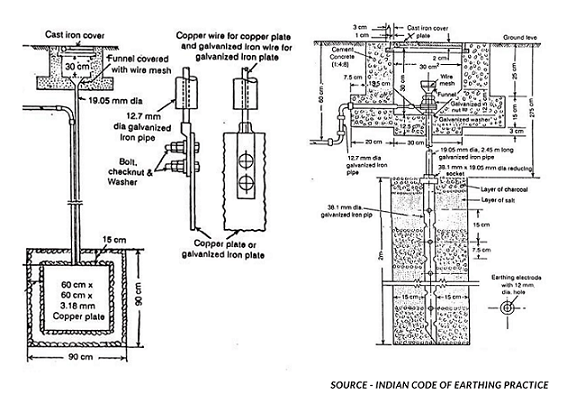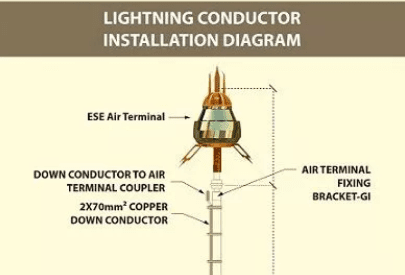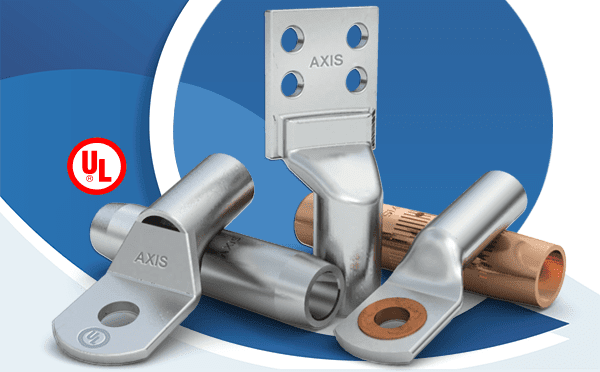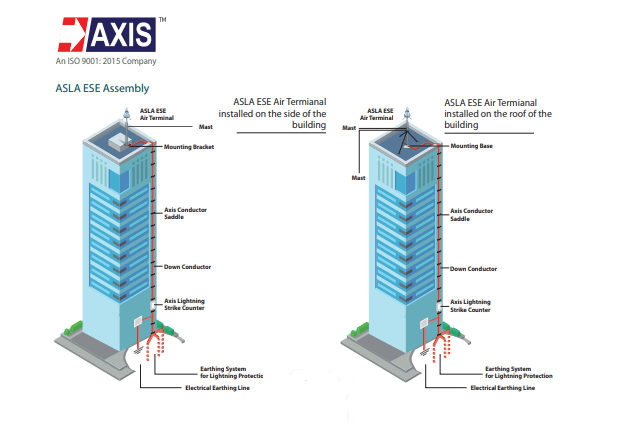Types of Earthing Compound Powders
Earth resistance is the measure of how easily electric current can flow from an electrode into the ground. Lower resistance ensures the current dissipates faster and more safely during a fault. This resistance depends mostly on soil resistivity. To keep the value within safe limits, the soil around the electrode ...


